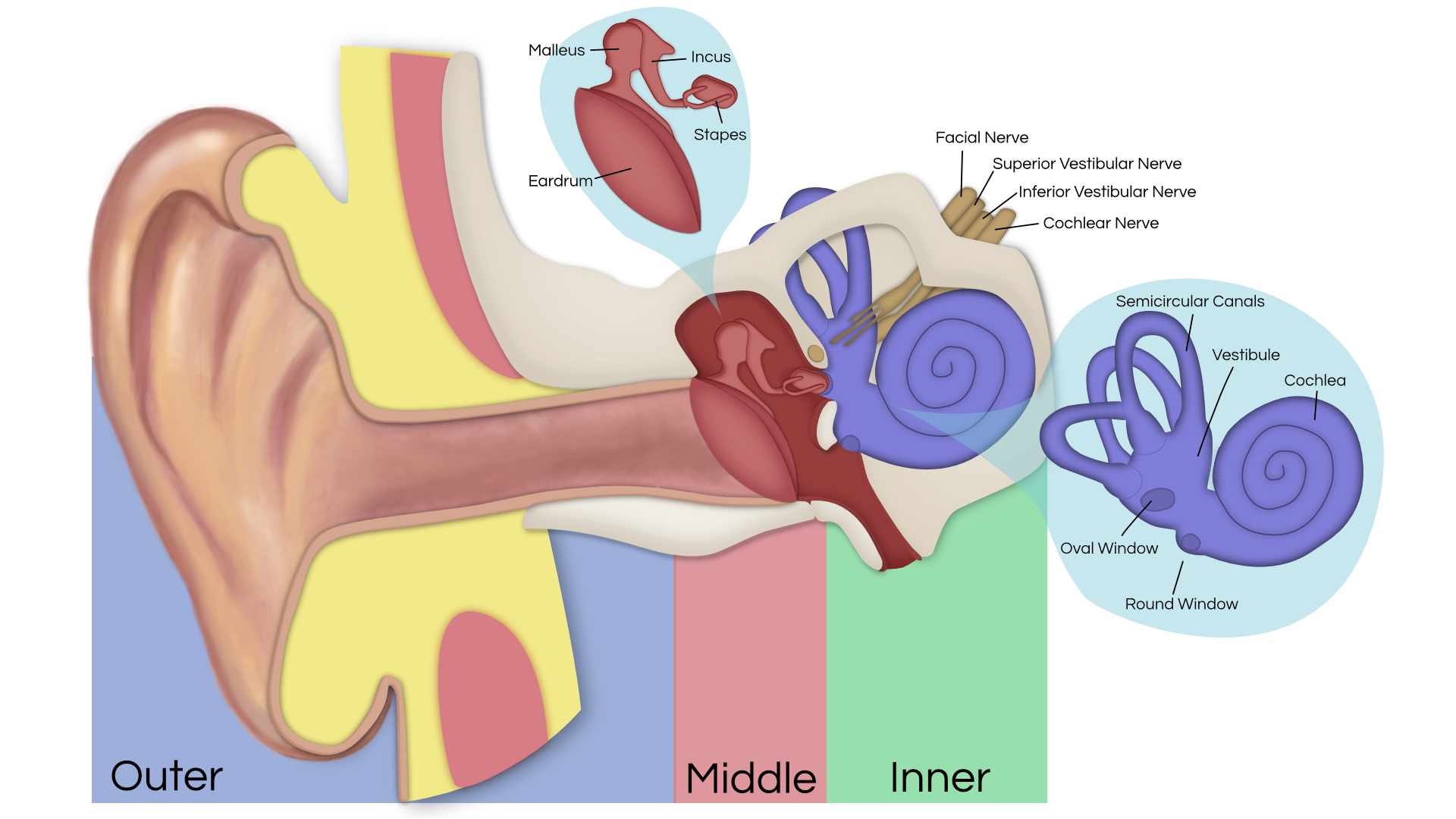



Even compacted ear wax or an ear infection can lead to pulsatile tinnitus. This is one of the most common causes of pulsatile tinnitus and can be caused by a ruptured eardrum or other hearing loss event. Unlike with regular tinnitus, doctors can often pinpoint an underlying health problem behind pulsatile tinnitus. Here are some other symptoms you might notice: If you notice any of these symptoms you should see a doctor right away. The other symptoms that can be present with pulsatile tinnitus stem from another medical condition called idiopathic intracranial hypertension which is high pressure in the fluid around your brain. The beat or sound may be constant or it may come and go, but the overriding symptom is that pulsing noise. Sometimes you hear it in one ear and sometimes in two, and the sound can be loud and unbearable. The primary symptom associated with pulsatile tinnitus is that you regularly hear a sound with a steady beat that syncs up with your pulse. What Are The Symptoms Of Pulsatile Tinnitus? With pulsatile tinnitus, the sound actually comes from within your own body, likely has a definable source, and can be a sign of a more serious underlying condition. In some patients, pulsatile tinnitus is nothing more than an annoyance, but in others it can be debilitating making it difficult to concentrate or sleep. The pulsing noise tends to be synched with the heartbeat and is often described as a “whoosing” sound heard when the heart beats. Pulsatile tinnitus is a rhythmic pulsing noise in one or both ears and occurs in the absence of external sound.


 0 kommentar(er)
0 kommentar(er)
